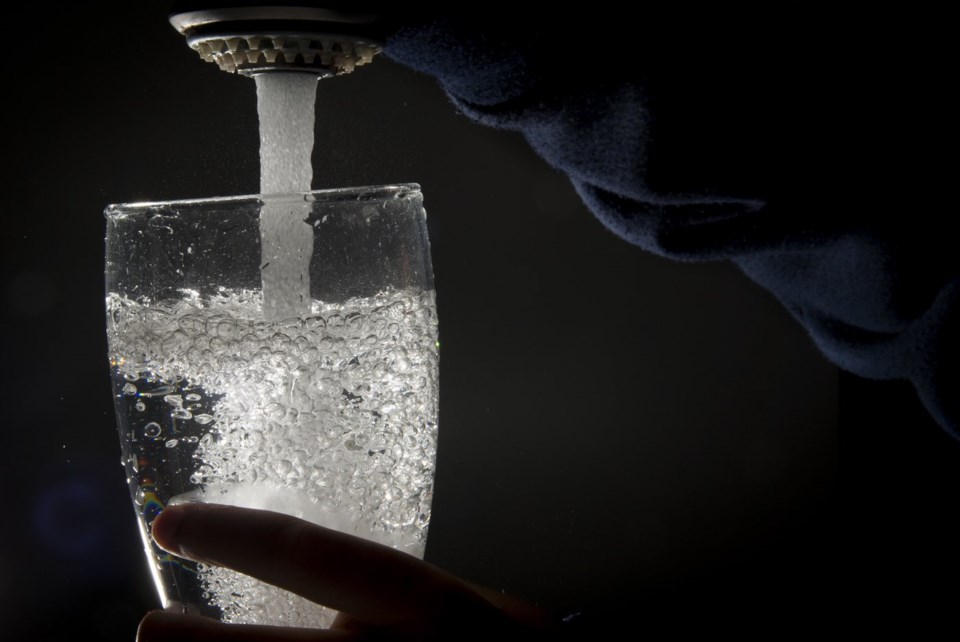WHITEHORSE — Yukon officials say they are working to understand how groundwater moves through an area where a failure at a mine released millions of tonnes of cyanide-laced ore into the surrounding environment, about 480 kilometres north of Whitehorse.
An update posted to the territory's website says 18 new groundwater wells have been installed so far at the site of the Eagle Gold mine.
The bulletin says high levels of cyanide are being detected in some wells, particularly those closest to the slide site, a result that had been expected.
The territory says work is underway to "increase our understanding" of how groundwater travels through the area and inform plans for water treatment.
The mine owner, Victoria Gold, is in receivership, and the Yukon government announced last month that an independent review of the slide was underway.
Friday's bulletin says testing this month in Haggart Creek, where nearly 70 dead fish were found in August, found cyanide concentrations below the guideline for aquatic life, and barriers are in place to prevent fish from entering the creek near the slide.
It adds there have been no new reports of further fish die-offs in the creek.
The territory says work is continuing on a safety berm in the slide area, allowing for the installation of wells and interception of contaminated water for treatment.
It says that a lined storage pond was completed last week to increase water storage capacity at the site, and another will be finished in the coming days.
The Yukon government will continue to provide updates as more results from groundwater and other testing become available, the bulletin says.
This report by The Canadian Press was first published Sept. 20, 2024.
The Canadian Press




